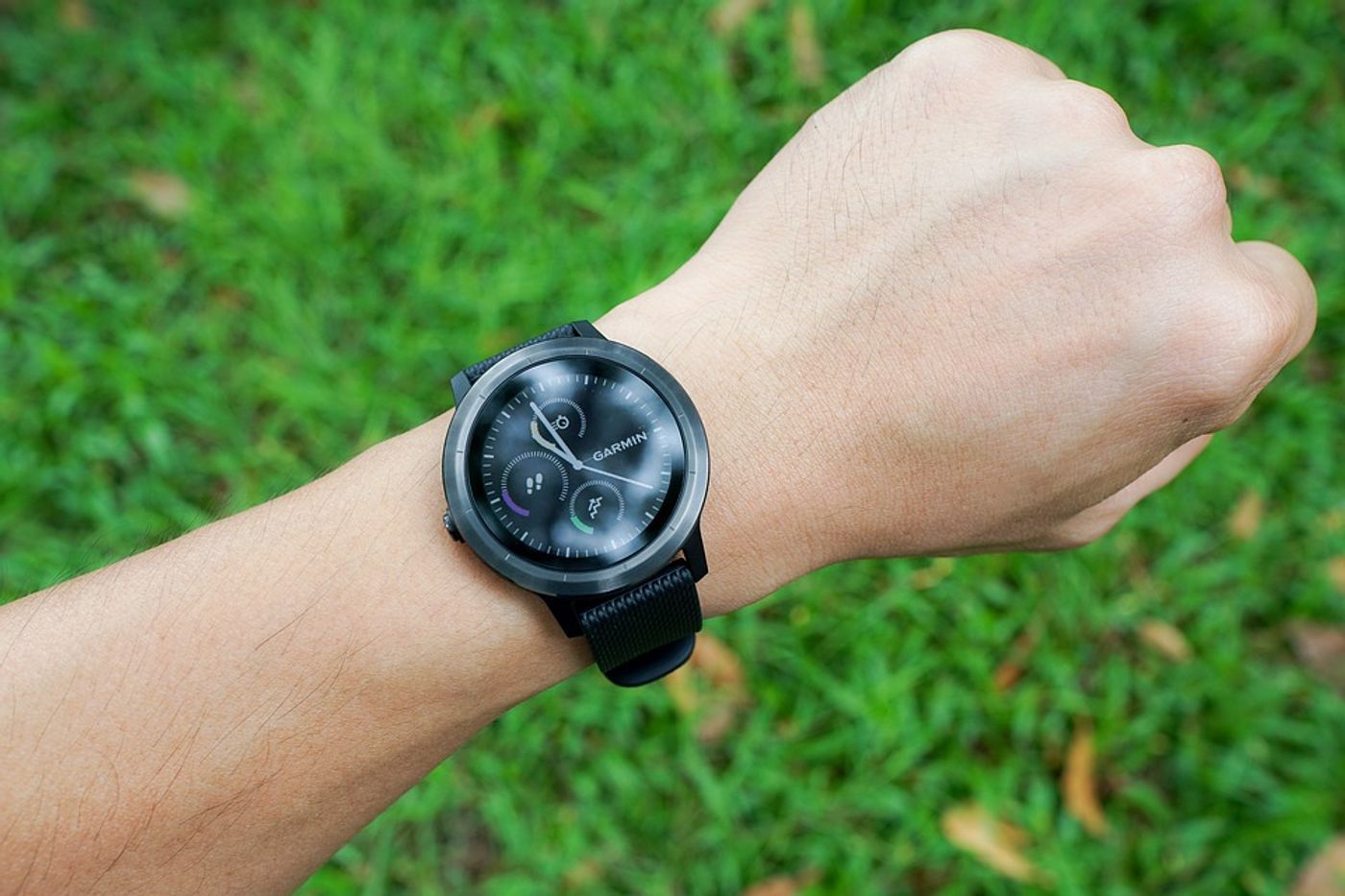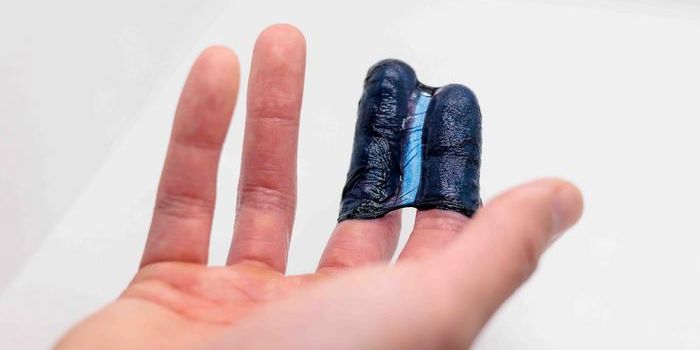A stretchy supercapacitor is right around the corner
New research published just days ago in Matter, a journal from Cell Press¸ outlines the production of a new kind of supercapacitor that goes above and beyond traditional supercapacitors. Engineered by researchers at Duke University and Michigan State University, the device is capable of being stretched to eight times its original size while still maintaining its functionality. Additionally, recurrent stretching results in no sign of wear and tear and even after 10,000 cycles of charging and discharging, it loses a mere few percentage points of energy performance.
While some people compare supercapacitors to batteries, supercapacitors are unique in their ability to discharge energy in short, massive bursts. Additionally, though they require charge from an outside source (unlike batteries), they charge and discharge faster than batteries and can withstand more charge-discharge cycles. Nevertheless, the majority of supercapacitors are still limited by their stiff materials.
"Our goal is to develop innovative devices that can survive mechanical deformations like stretching, twisting or bending without losing performance," said senior author Changyong Cao, an assistant professor of packaging, mechanical engineering and electrical and computer engineering at Michigan State University. Cao is also director of the Laboratory for Soft Machines and Electronics at MSU. "But if the power source of a stretchable electronic device isn't stretchable, then the entire device system will be constrained to be non-stretchable."
What Cao and fellow senior author Jeff Glass, a professor of electrical and computer engineering at Duke, have developed is a stamp-sized supercapacitor that can hold over two volts. They say that combining four supercapacitors together could power a two-volt Casio watch for an hour and a half. But ideally, supercapacitors won’t actually replace batteries, rather work with them.
"A lot of people want to couple supercapacitors and batteries together," Glass said. "A supercapacitor can charge rapidly and survive thousands or even millions of charging cycles, while batteries can store more charge so they can last a long time. Putting them together gives you the best of both worlds. They fill two different functions within the same electrical system."
While the researchers are proud of what they have developed, they acknowledge that their supercapacitor still has a ways to go. "We still have some work to do for building a complete stretchable electronics system," Cao said. "The supercapacitor demonstrated in this paper doesn't go as far as we want it to yet. But with this foundation of a robust stretchable supercapacitor, we will be able to integrate it into a system that consists of stretchable wires, sensors and detectors to create entirely stretchable devices."
Sources: Matter, Science Daily









